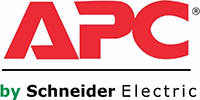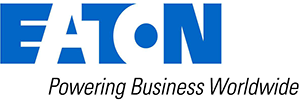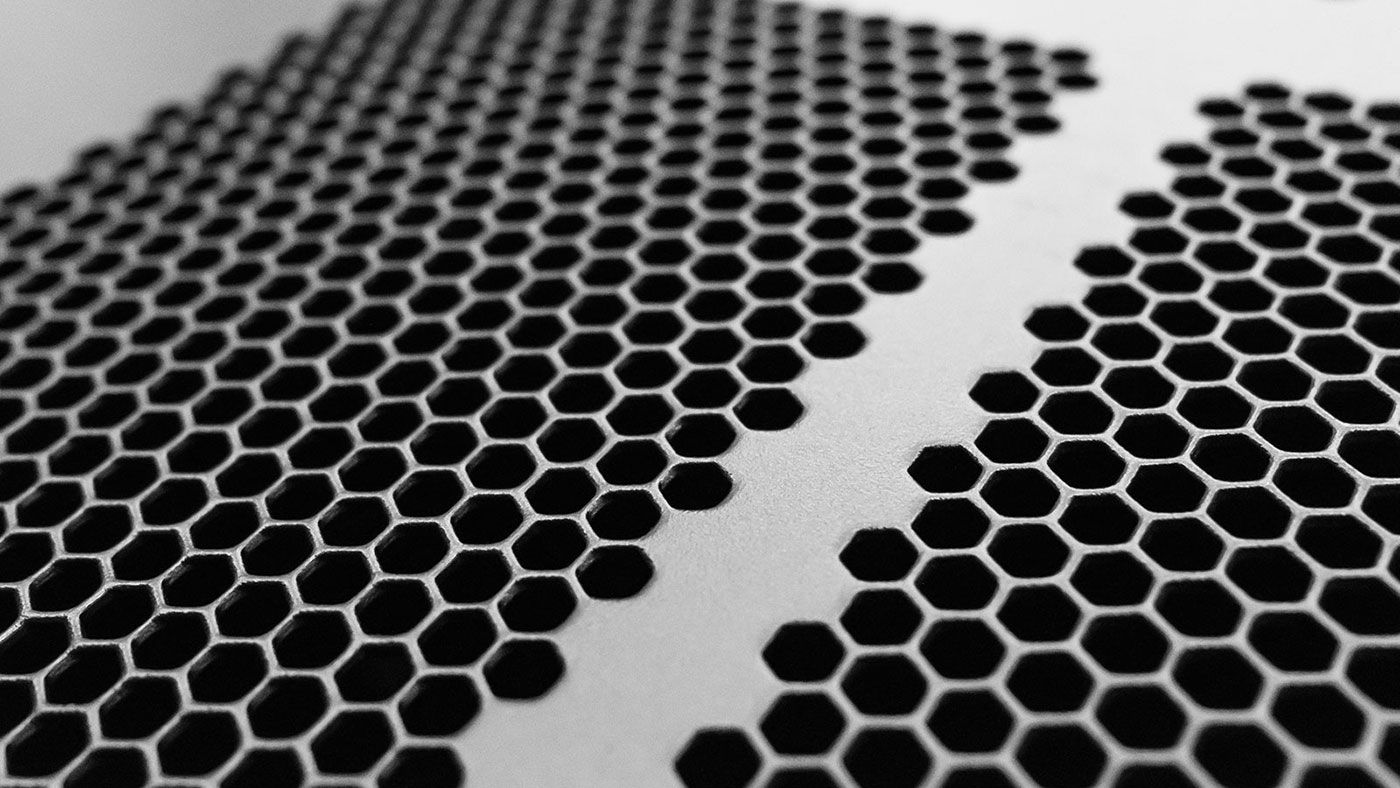Managing and reducing data center cooling costs is a top concern for data center managers as cooling costs account for approximately 40 percent of annual data center expenses.
Engineers often hear data center owners/managers complain that they need additional cooling capacity because the existing system doesn’t maintain an acceptable temperature at the data equipment inlets. However, in most cases, the problem isn’t one of insufficient capacity, but of a poor airflow management strategy.
Airflow management is based on the premise that IT equipment should only take in cool air and CRAC return plenums should only take in warm air. The two should never mix within the data center footprint.
An effective airflow management strategy allows the data center cabinet to support high density equipment while lowering the cooling costs and improving energy efficiency.
When optimizing cooling and airflow management in a cabinet ecosystem, PTI recommends considering the following:
Blanking Panels
Designed to control airflow in the server racks.
Floor Grommets
For sealing raised floor openings in the data center floor.
Airflow Floor Panels
Stratification fins that direct chilled air where it needs to be to balance airflow.
Cabinets
Door perforation of at least 78 percent for maximum front to rear airflow.
Aisle Containment
Configured to separate hot and cold air streams to improve infrastructure efficiency.
Rack Containment
Contains the heat and extract it directly back to the CRAC
Airflow Management Partners









